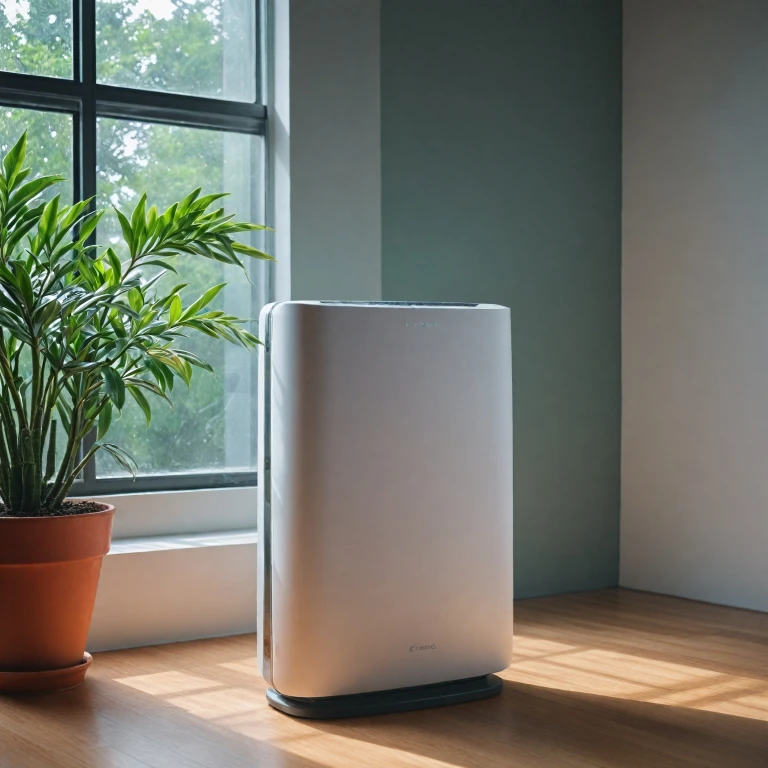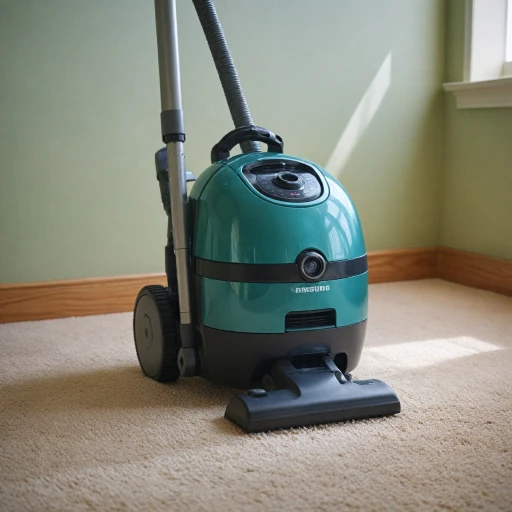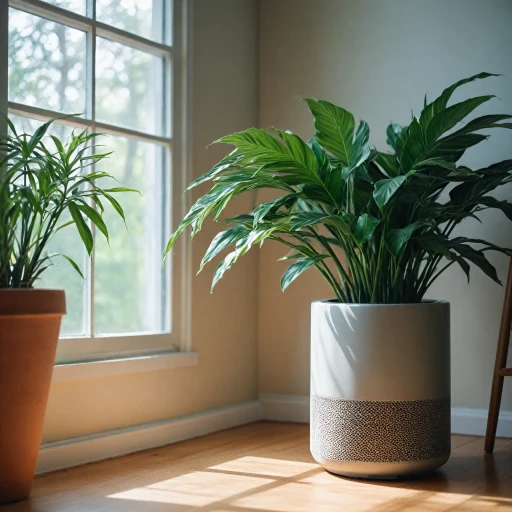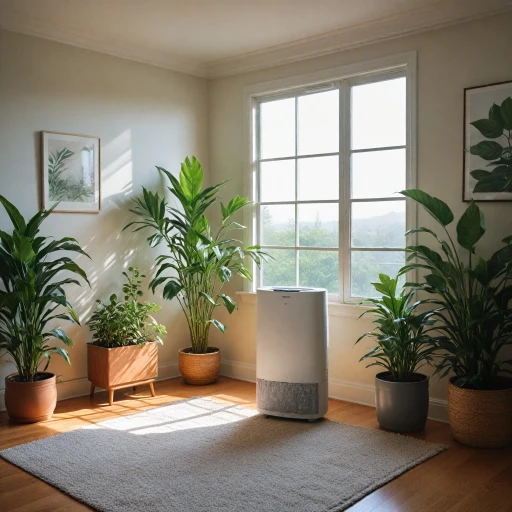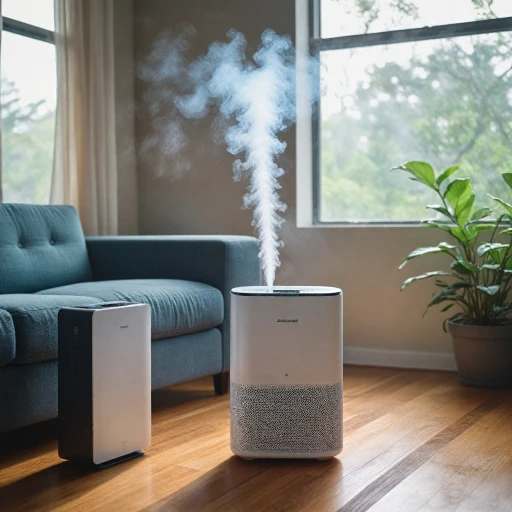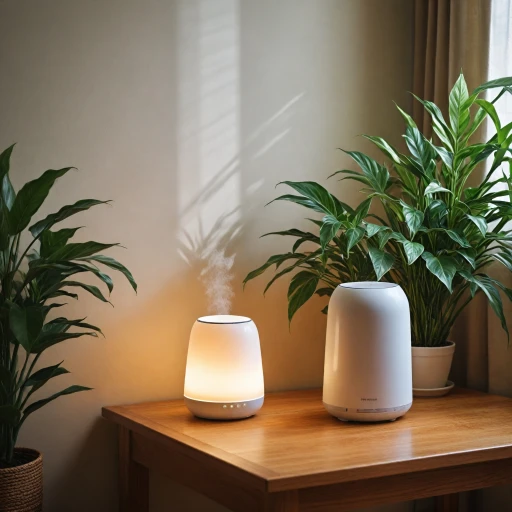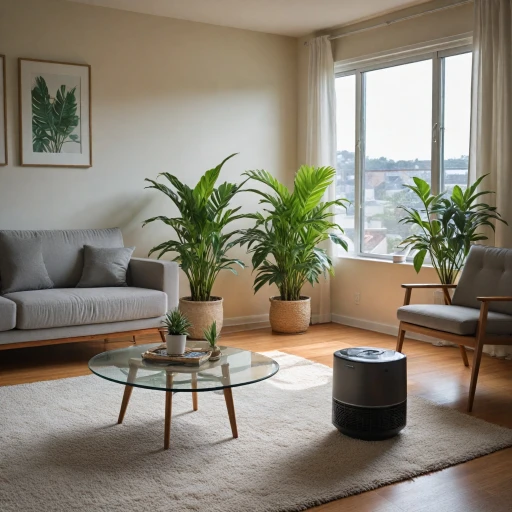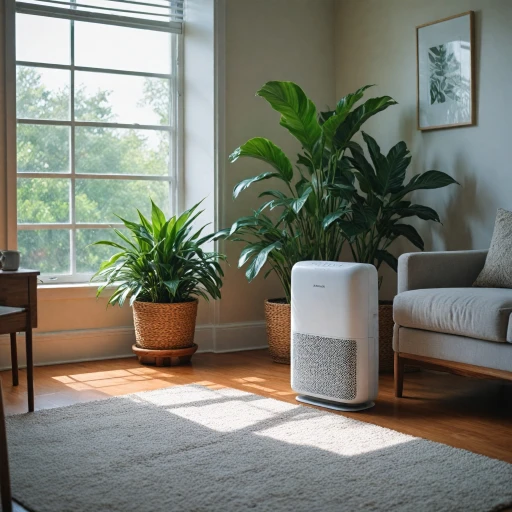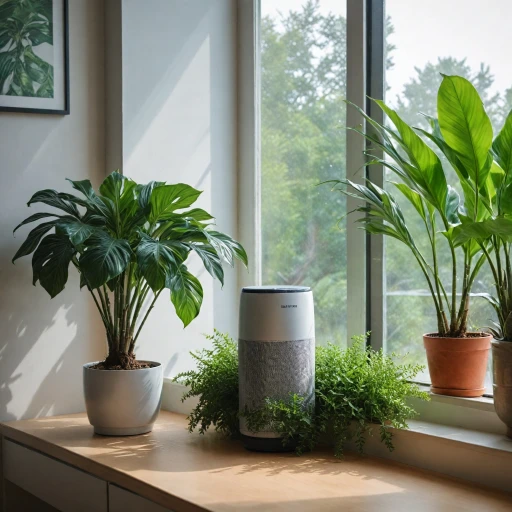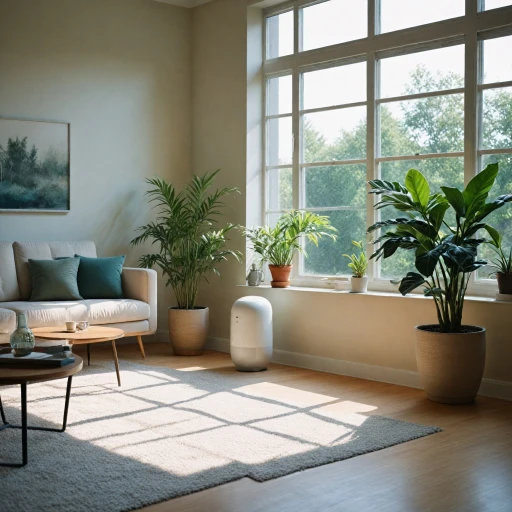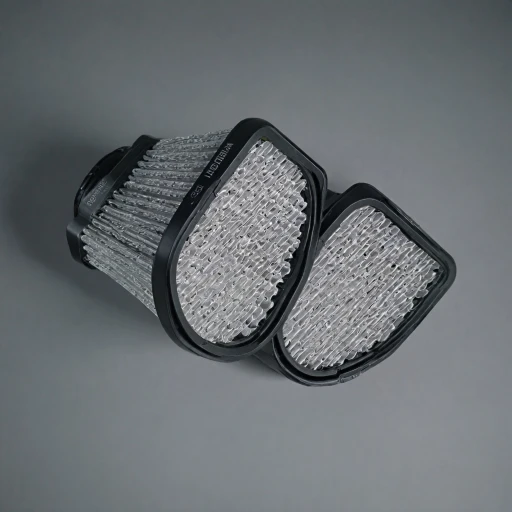
What are U17 Air Purifiers with PCO?
Exploring U17 Air Purifiers with PCO Technology
Air purification is a critical discussion these days, especially with the increasing awareness of indoor air quality. U17 air purifiers with PCO (Photocatalytic Oxidation) technology present an effective solution to this problem by utilizing a unique method of filtration. These devices combine several technologies to deliver improved air quality in your home or office.
The term U17 refers to the filter classification, which is superior to both HEPA and ULPA filters in terms of particle capture. While HEPA filters are well-known for trapping airborne particles, U17 filters take this a step further by providing even higher levels of filtration performance. The PCO technology specifically enhances this by breaking down pollutants at a molecular level, helping to remove harmful substances from the air surfaces effectively.
This technology combination puts U17 air purifiers on a different pedestal compared to regular HEPA or ULPA solutions. The PCO process involves a catalyst and UV light to convert volatile organic compounds (VOCs) and microbial pathogens into harmless substances, thus ensuring comprehensive air purification. Leveraging this advanced filtration technique allows these purifiers to filter air efficiently, ensuring cleaner, healthier indoor environments.
When understanding the benefits of U17 air purifiers with PCO, it is evident that they offer more than just surface air cleaning. Their ability to neutralize a broader range of pollutants presents an appealing choice for those serious about air quality. As we explore further, the specific benefits, challenges, and how these purifiers stack up against other technologies will be unraveled in the sections that follow.
Benefits of Using U17 Air Purifiers with PCO
Advantages of Leveraging Advanced Filtration Technologies
U17 air purifiers with PCO technology offer several unique benefits that set them apart in the realm of indoor air quality enhancement. These advanced devices integrate Photocatalytic Oxidation (PCO) to effectively neutralize airborne contaminants, making them a compelling choice for those seeking comprehensive air purification solutions beyond standard air filters.- Advanced Air Filtration: U17 purifiers combine PCO with HEPA or ULPA filters, enhancing their ability to capture an array of pollutants. While HEPA filters target particulates such as dust and pollen, PCO technology breaks down volatile organic compounds (VOCs) and other gaseous pollutants.
- Enhanced Indoor Air Quality: By addressing a broader range of contaminants, U17 air purifiers contribute to a noticeable improvement in air quality, which can be especially beneficial in environments with high levels of indoor pollutants.
- Long-term Cost Efficiency: Although the initial investment may be higher than regular price units, these purifiers can ultimately save on HVAC and filtration maintenance. Additionally, long-lasting filters mean less frequent changes and potential cost savings over time.
- Increased Equipment Performance: Leveraging both PCO and HEPA or ULPA filtration, U17 air purifiers maintain high performance levels, making them effective in various settings from homes to larger commercial spaces.
- Sustainable Practices: U17 units often come with the option for free shipping, reducing the carbon footprint associated with delivery. Additionally, the longer life of PCO filters means less regular disposal waste.
- Improved Air Surfaces: These purifiers target air surfaces, ensuring a reduction in potential allergenic and asthma triggers throughout the purifier house.
Challenges and Considerations
Potential Drawbacks and Factors to Consider
When exploring U17 air purifiers equipped with Photocatalytic Oxidation (PCO) technology, it’s equally important to weigh in on potential challenges and considerations to make an informed purchase. Here’s a realistic look at some factors you might encounter:- Initial Cost: The regular price of a U17 air purifier with PCO might be higher compared to traditional HEPA filters. Shoppers might experience a sticker shock, especially when ultra-fine filtration and advanced air quality integration are factored into the final sale price.
- Maintenance Requirements: Maintaining optimal performance of PCO air purifiers demands regular upkeep, including filter replacements and sometimes professional servicing, particularly if your system is integrated with HVAC equipment. You may want to shop around for reviews to find options with free shipping or discounts on replacement filters.
- Static Air Filtration Needs: While HEPA and ULPA filters are efficient for capturing particles, PCO technology focuses on breaking down and purifying pollutants. For instances demanding static air filtration, like medical-grade air quality maintenance, combining with activated carbon or traditional filters might be necessary.
- Application Suitability: Always consider where you plan to place the purifier. PCO purifiers excel at neutralizing volatile organic compounds (VOC) on surfaces; however, in some spaces, regular air purifiers may provide sufficient results without the advanced technology.
- Energy Consumption: Depending on the model, energy consumption of PCO air purifiers may be higher over time, affecting the overall cost savings. Evaluating its efficiency in your indoor air or specific household needs is ideal for sustainability.
Comparing U17 Air Purifiers with Other Technologies
Comparing Filtration Technologies: U17 with PCO vs. Others
When it comes to air purification, understanding the differences between various technologies is crucial. U17 air purifiers with PCO technology stand out, but how do they compare with other filtration systems like HEPA and ULPA filters?
HEPA and ULPA Filters
HEPA filters are renowned for their ability to capture particles as small as 0.3 microns with a 99.97% efficiency. They are a staple in many air purifiers, offering reliable performance for improving indoor air quality. ULPA filters take it a step further, capturing even finer particles, making them ideal for environments requiring stringent air quality standards.
PCO Technology
Photo Catalytic Oxidation (PCO) is a different beast altogether. Instead of merely trapping particles, PCO technology breaks down pollutants at a molecular level. This means that, unlike regular filters, PCO can neutralize volatile organic compounds (VOCs) and other harmful gases, offering a more comprehensive air purification solution.
Performance and Efficiency
While HEPA and ULPA filters are highly effective for particulate matter, PCO technology excels in dealing with gases and odors. Combining these technologies can provide a more rounded approach to air purification, tackling both particles and gaseous pollutants.
Cost Considerations
The price of air purifiers varies significantly based on the technology used. HEPA filters are generally more affordable, but they require regular replacement, which can add to the cost over time. PCO air purifiers may have a higher initial cost, but they often save money in the long run due to lower maintenance needs.
Choosing the Right System
When deciding between these technologies, consider your specific needs. If particulate matter is your primary concern, a HEPA or ULPA filter might suffice. However, if you're dealing with odors or chemical pollutants, a PCO system might be more effective. Evaluate the air quality in your home or office and weigh the benefits of each system to make an informed decision.
How to Choose the Right U17 Air Purifier with PCO
Factors to Consider When Selecting Your U17 Air Purifier
Choosing the right U17 air purifier with Photo-Catalytic Oxidation (PCO) technology involves various considerations, especially when comparing it to other air purifiers. PCO technology, known for its ability to effectively neutralize pollutants on air surfaces, has its own set of features that make it appealing. Here's how to navigate your choices:- Filtration Needs: Evaluate the specific air quality issues in your home. Whether it's allergens, smoke, or chemical odors, knowing your primary concern helps determine the filters you need, whether HEPA or ULPA.
- Performance & Coverage: Assess the performance metrics such as Clean Air Delivery Rate (CADR) and the room size it efficiently covers. Your air purifier should match the square footage of your space to ensure effective air purification.
- Cost and Budget: Be mindful of both the regular price and potential sale events. Take into account maintenance costs, including the replacement of HEPA filters which are crucial for regular air quality maintenance.
- Energy Efficiency: An energy-efficient design can help save on your electricity bill. Check for energy ratings, especially if you plan to run the purifier continuously.
- Installation and Integration: For some homes, integrating with existing HVAC systems can optimize performance. Ensure the device can connect smoothly with your current setup.
- User Reviews and Recommendations: Consult reviews to gather insights into the equipment’s real-world performance. User reviews can reveal the durability and reliability of the air purifier.
- Additional Features: Features like activated carbon filters or ultraviolet light can enhance the purification process, especially for tackling odors.
Real-World Applications and User Experiences
Implementation of U17 Air Purifiers with PCO: Real-Life Scenarios
When considering the use of U17 air purifiers equipped with advanced PCO (Photocatalytic Oxidation) technology, it's essential to look at how they perform in real-world applications. Here’s what users typically experience when integrating these devices into their environments:- Enhancing HVAC Systems: These purifiers are often incorporated into existing HVAC systems to bolster air filtration, reducing contaminants more efficiently than standard HEPA filters alone. This upgrade can improve overall indoor air quality, making spaces healthier and more comfortable.
- Effective Use in Various Settings: Homes, offices, and commercial spaces benefit from PCO air purifiers due to their capability to target pollutants on both air and surfaces. They are also ideal for environments where high air quality is a priority, such as clinics and labs, where HEPA and ULPA filters ensure high-performance filtration.
- User Ratings and Reviews: Many users report satisfaction with the air purification results, citing reductions in allergens and noticeable improvements in air quality. Regular users find the equipment effective in maintaining a fresh indoor environment, particularly when paired with activated carbon filters for odor control.
- Cost and Maintenance Considerations: While the initial investment may be higher than regular air purifiers, the long-term benefits often justify the price. Users emphasize the importance of regular maintenance, such as timely filter replacements and performance checks, to prolong the life and efficiency of the equipment.
